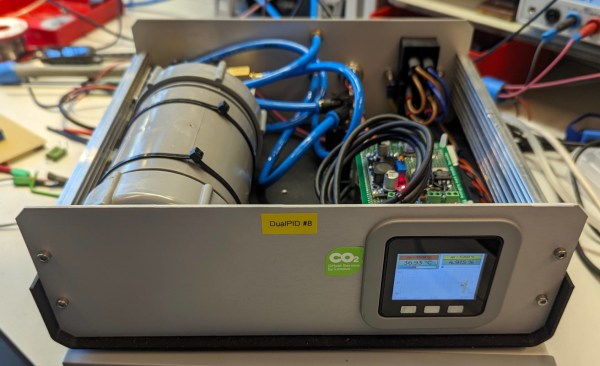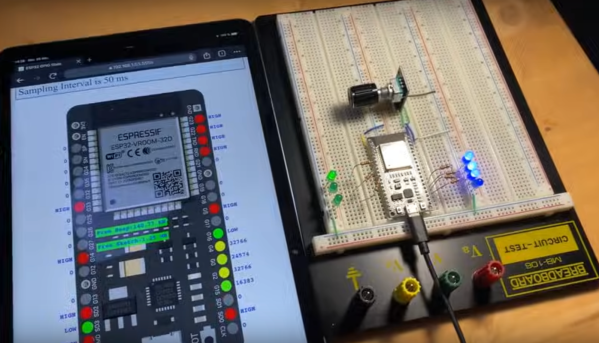Editor’s Note: We’re excited to announce that Hackaday is the new home of FLOSS Weekly, a long-running podcast about free, libre, and open-source software! The TWiT network hosted the podcast for an incredible seventeen years, but due to some changes on their end, they recently had to wind things down. They were gracious enough to let us pick up the torch, with Jonathan Bennett now taking over hosting duties.
Tune in every Wednesday for a new episode, featuring interviews with developers and project leaders, coverage of the free/libre software you use everyday (maybe without even knowing it), and the latest Open Source news.
This week Jonathan Bennett and Simon Phipps talk with Neal Gompa of Fedora, CentOS, openSUSE and more. The conversation starts off with asking Neal how he went from working on a minor project 11 years ago, to being the lead of KDE on Fedora. How does a company properly sponsor Open Source development? Neal speaks from his experience at Red Hat and other places, to give some really interesting answers.
The crew move on to what happened at Red Hat with CentOS, and why just maybe it was a good thing. Is the age of a company a good indicator of how they will treat Open Source? Is CentOS Stream the best thing to happen to Red Hat Enterprise Linux? What was it like to be at Red Hat during that time? How does a company manage the tension between sales and engineering? We cover this and more!
Continue reading “FLOSS Weekly Episode 762: Spilling The Tea” →















